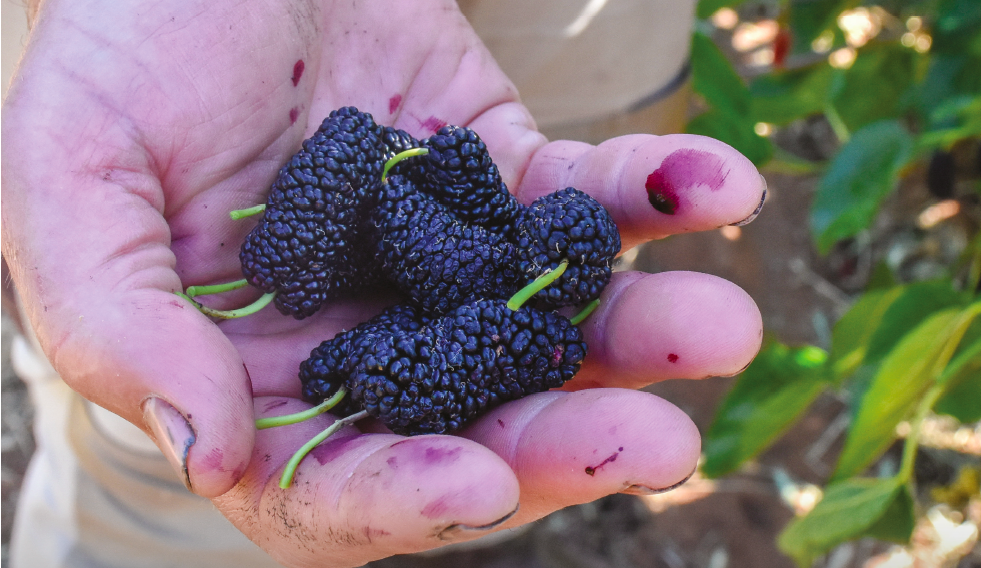Little to mull over in the move to mulberries
With lush, green trees as far as the eye can see, and dark, sweet, zingy berries that grow undoubtably well in the harsh Riverland climate, there was little to mull over when a local grower changed from wine grapes to mulberries seven years ago. For...






